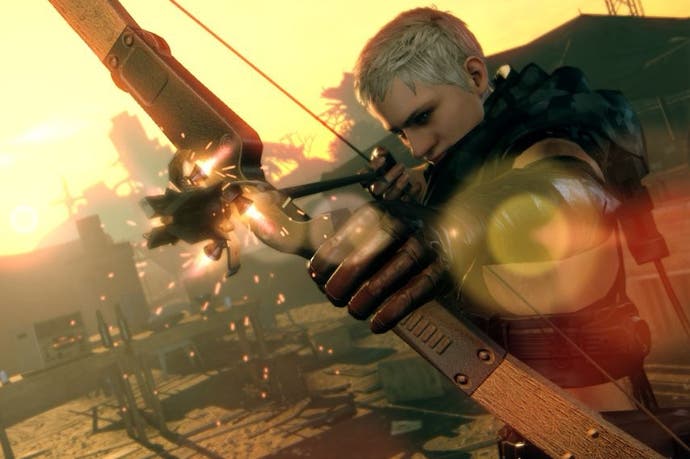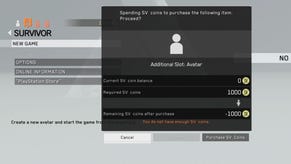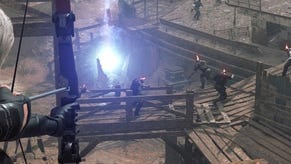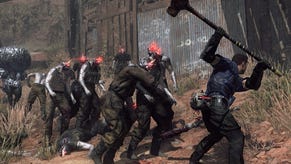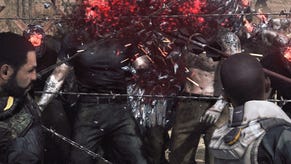Metal Gear Survive: every console version tested
Solid enough on PS4, Pro and X - but the standard Xbox One struggles.
Metal Gear Survive is something on an enigma - a spin-off from its illustrious predecessor, that pushes the franchise into a whole new direction. A look at the credits reveals a mixture of Konami developers old and new, some who worked on the brilliant Metal Gear Solid 5, others who are working on the series for the first time. It's a team that seemingly doesn't have the same level of talent in working with the publisher's iconic Fox Engine - and it's clear to see that what we have here is a technical downgrade from MGS5.
It's strange because at the nuts and bolts level, Survive has much in common with MGS5: the open world design and core assets look very, very similar, there's the same 60 frames per second target and the Fox Engine's distinctive ID is almost completely unchanged. The one key difference is the inclusion of the new area - The Dust - a stormy cloud system that players can only survive in with the use of an air tank. It's a distinctive visual effect built on performance-sapping alpha textures. There's nothing like it in MGS5 and it is, possibly, why the developers have chosen to alter Metal Gear's visual make-up.
The straight, native 1080p of Metal Gear Solid 5 on PlayStation 4 is replaced with a horizontally upscaled 1600x1080, a 16.7 per cent reduction in pixel count. Owing to the post-process heavy nature of the game, the drop passes by mostly without notice and performance is good - not quite as locked as MGS5, but clearly a notable improvement over the 50-60fps we noted in the beta period. In terms of performance at least, it's a solid enough read-out.
PlayStation 4 Pro has similarly smooth frame-rates in its 4K output mode, but there is something odd about its output we didn't notice in the beta phase. Its core pixel count seems to be 1088x1440, using a reconstruction technique to give a final resolve in the 2134x1440 range. It works out fine for the most part, but there is a clear dithering artefact left in its wake - something we don't see on the other systems, none of which use this effect.
However, switching your Pro to 1080p output matches the base machine's native 1600x1080, ironing out any remaining kinks in frame-rate and eliminating those reconstruction artefacts. There's no way to choose which mode you get, short of adjusting the front-end option setting. However, the upcoming firmware 5.5 will allows 1080p users to access the higher resolution mode. Whether they want to is another thing though. After all, we will be looking at a 1600x1080 image constructed to double horizontal resolution, upscaled to 4K, then downscaled to 1080p. Expect improved temporal stability at the expense of blur.
There's definitely the sense that PlayStation is the focus for Konami's Metal Gear team, though. PS4 Pro users have a native 1440p version of MGS5, while Xbox One X users miss out. For Survive, the final retail version of the base Xbox One version retains the same disappointing 720p as the beta - a massive downgrade over MGS5's 900p and doubly impacted by poor performance.
We could only hit 60 frames per second by looking at the ground, otherwise we're in a 40-60fps No Man's Land. There's a lot of controversy at the moment about Metal Gear Survive's radical, conceptual shift but at least the PlayStation versions retain the signature performance level established by MG5. We just can't recommend the base Xbox One version at all - it's by some chalk the ugliest and jerkiest edition of them all. Bizarrely, not even the HUD elements are rendered at 1080p.
Meanwhile, matters improve significantly on Xbox One X, where users get the highest resolution output of the bunch - a native 2560x1440, with no reconstruction shenanigans. Performance also hands in a vast upgrade over the standard Xbox version, but once we enter 'The Dust', frame-rates start to suffer in a way that we just don't see on the PlayStation platforms. Bearing in mind the X's hardware spec boosts compared to Pro, the upgrade is clearly sub-par, but it does seem to be another example where a poor base version of a game translates into a mediocre X release.
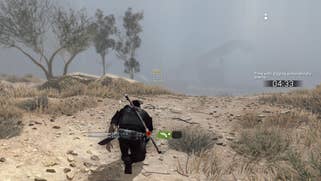
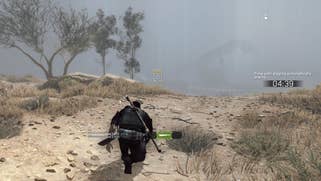
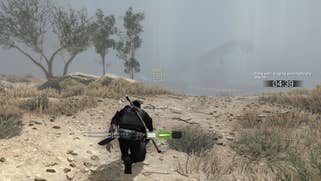

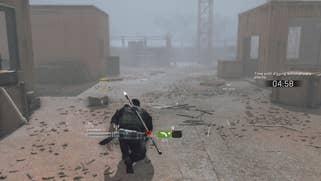
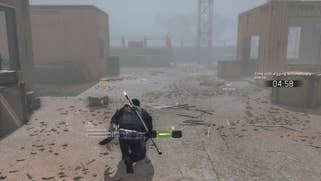


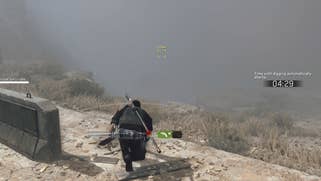
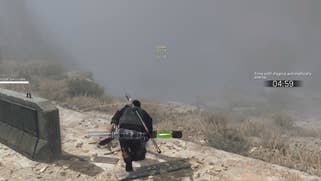
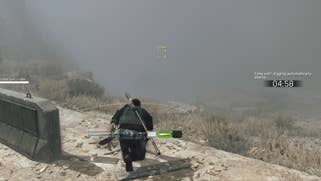
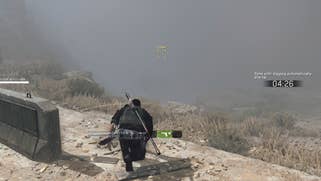


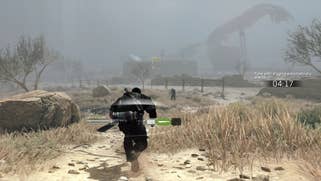

If we're talking about platform recommendations, PlayStation gets the nod on the standard machines - the base PS4 looks much, much better and runs a lot more smoothly. We really can't stress just how disappointing the basic Xbox One version is, bearing in mind the strides Konami made with the platform in the jump from Ground Zeroes to The Phantom Pain. Meanwhile, on the enhanced consoles, Xbox One X features more stable, higher clarity image quality, and performs fairly closely to the Pro's 4K mode. However, unlike the Pro version, there's no way to select a 1080p output. The fact that the X can only match PS4 Pro's native 1440p pixel output on Metal Gear Solid 5 is also strange. Is the inclusion of The Dust really that taxing on system resources? Enough that the development team had to regress the Fox Engine implementation?
Quite apart from performance analysis and pixel-counts, there's a more important issue to consider with Survive - specifically, the ways in which the engine is used. MGS5 was a bright, vibrant game, with the art team leveraging the Fox Engine's feature set to produce some stunningly realistic effects. It's all about the lighting, really. Kojima's final MGS used their technology brilliantly, recognising how light and materials interacted, then integrating it all into a solid, cohesive post-process pipeline that beautifully flattered the level design. The big difference with Metal Gear Survive is simply the extent to which everything has become rather dull. The intro cutscenes show some promise here, but once you're teleported to Survive's parallel dimension, the subdued hues and dull lighting do little to attract you to the game.
The Dust is different and distinctive perhaps, but it's not enough to justify the surrounding, rather unattractive gameplay - the first few hours of which concentrate heavily on setting up fences and poking zombies with sticks. And there's a real sense of a profound lack of imagination here: by transporting the characters into a new dimension, Konami was effectively given a blank slate, to create a brand new open world that could push the Fox Engine into producing results we've never seen before. What we get instead isn't a bad game as such - and as the Eurogamer review explains, some may well get a good deal of enjoyment out of Survive. But from our perspective, it's a step in the wrong direction both conceptually and technologically - and despite the reduced price-point, we had hoped for more.
